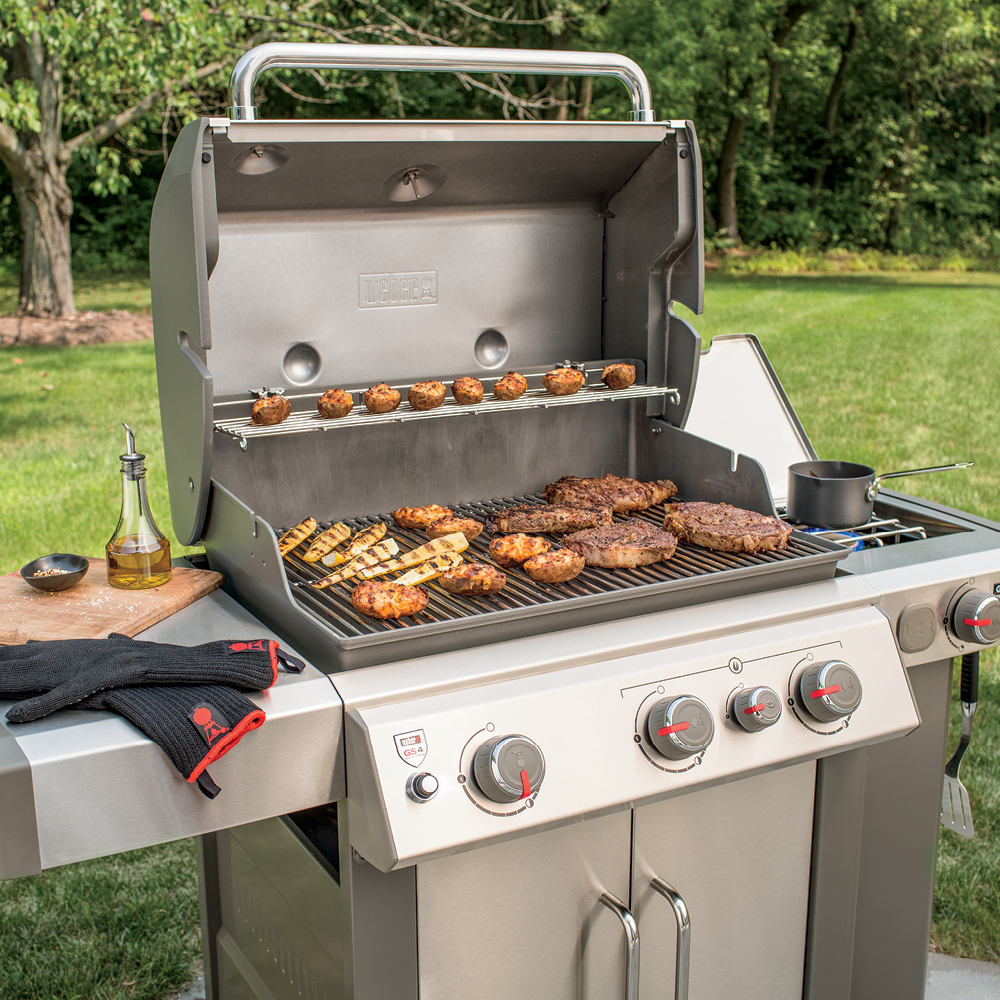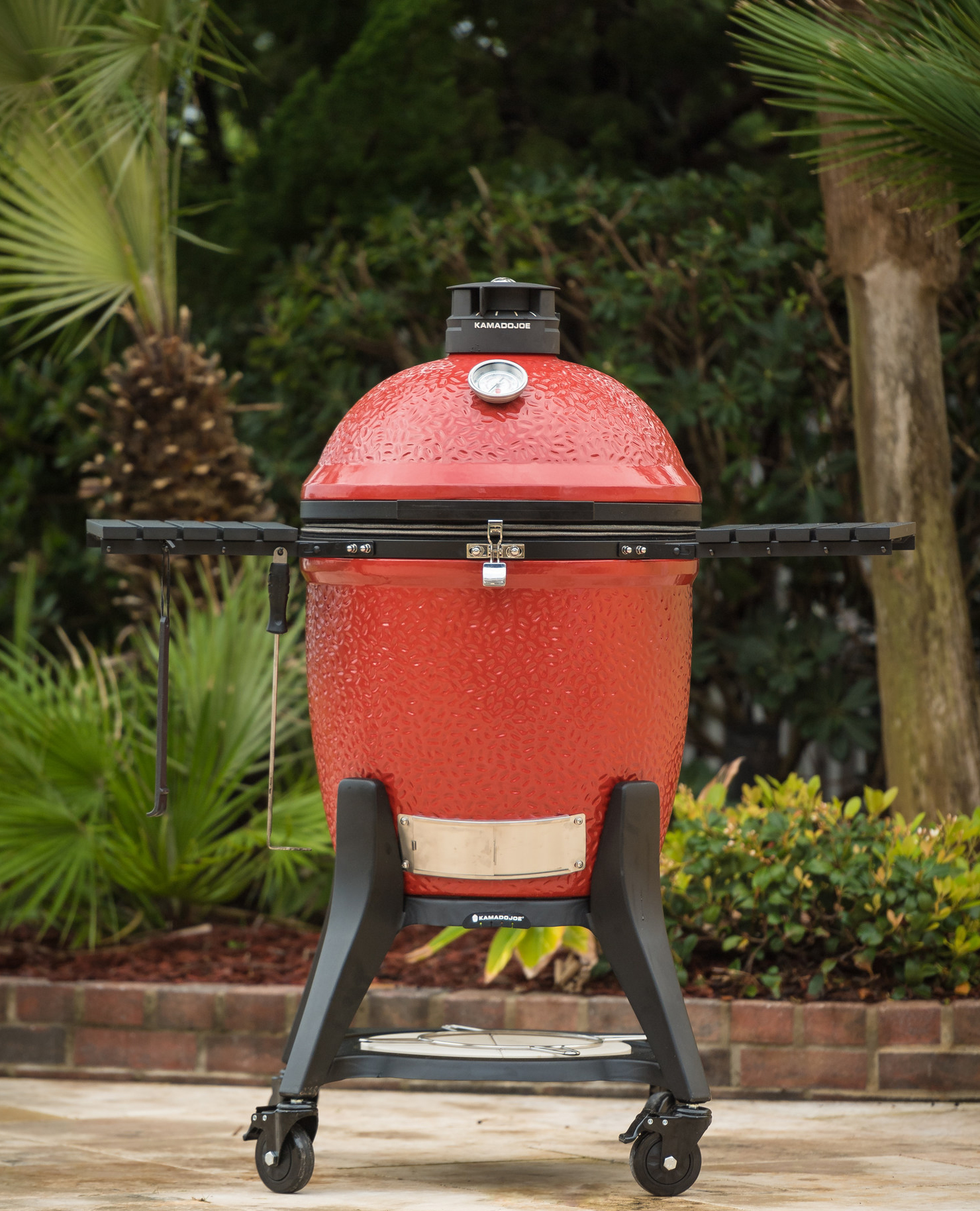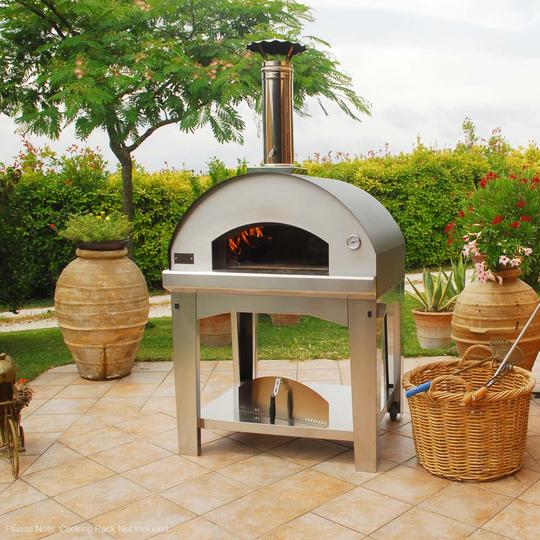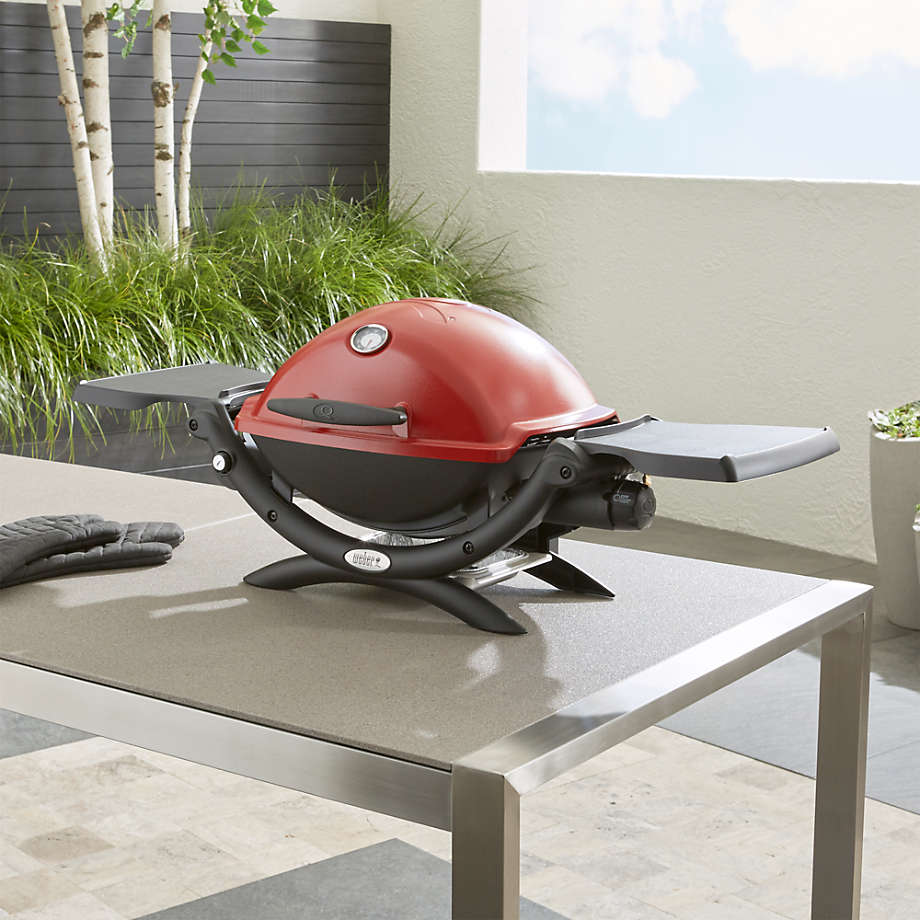Griddle Vs Grill: What's the Difference?
Barbecues during backyard parties have slowly become one of the staple activities during the summer. While you don't need to fire up a barbecue to serve food for a pool party or a backyard celebration, many people find it far easier to do in an outdoor environment. It becomes even more convenient when you need to prepare hot dogs, burgers and skewers for the large crowd that's gathered for the event.
But often, you might run into some issues; You can't cook all foods on a grill, and sometimes, specific items require less heat, a smaller surface area, or don't taste as good when smoked. Instead, you may have heard that using a griddle with their barbecue makes some items much easier to prepare, but what's the difference between a griddle vs. grill?
We've made it easy to break down the difference between these similar-sounding items, and on top of the main key differences, several foods are best to cook on each, which we've covered in this article. If you're still deciding between a grill vs. griddle for your barbecue, visit our catalogue to find the best one for you and any other accessories you might want.
What are grills?
When it comes to grills, many people are mistaken about what we mean when compared to a griddle. For the most part, the open bars that most commonly form barbecue grates are considered to be grills. But there's a second that many don't know about. In addition to a barbecue's grates, a grill can also refer to a solid metal plate with ridges built-in, often made of steel or iron. The deep ridges on a grill plate give the food the same char lines as a grate but allow the oil or grease to flow down and away instead of through the bars.
Both kinds of grills are also most commonly used outside or in an area with proper airflow since they often give off quite a lot of smoke when used. As a result, the grill plate and grates give the food the perfect lines and smoky taste everyone strives to get. While both are grills, the plate can be far easier to clean than the open grates.
What are griddles?
If you've ever experienced someone making teppanyaki live or seen pancake art being made, chances are that you've already seen what a griddle is. Put simply, a griddle is a smooth and flat piece of metal, much like a hotplate but rectangular. While most griddles don't have any handles or sides, more recently designed models are built for indoor and portable use, giving them a small edge to prevent spills or even handles in some cases. Depending on their use, griddles can also be sized differently, often between the size of a large pan or an entire countertop.
Often, a griddle is also a smooth piece of iron or steel, much like a grill, and can fit over gas burners or a simple campfire. It'll typically be made so that oil or other liquids won't run off easily, allowing food like eggs or cherry tomatoes to be cooked without rolling right off the edges. These griddles are also often far thicker, made this way to give them better heat retention and cooking efficiency since thinner ones will bend due to high heat.
The main differences between a grill vs. griddle
When it comes to the main difference between a grill vs. griddle, it tends to be fairly obvious and easy to tell at a glance. Griddles are smooth and flat, while grills can have ridges on a solid piece of metal or bars to let the food cook directly over a heat source. However, both can use any heat source for cooking, including electricity.
The flat metal surfaces of a griddle allow the food to be brown and cook evenly, much like how you would fry food on a pan. The metal transfers the heat from the source to the food, which then cooks it through. A grill uses much higher heat when considering a bbq griddle vs. grill. The heat transfers directly to the food through the gaps when using a grate to grill over. The same heat gets absorbed by the metal as normal, searing the food where it meets the metal while just cooking through the gaps, creating the well-known grill marks we love.
Best kinds of food for each
Some of the best food you can cook on a grill has already been recognized as classics. Steaks and ribs are especially great for grilling since they're much larger and flatter than other cuts. This flatness allows the meat to stay in place when cooking, making more contact with the bars or ridges and easily achieving the grill marks. You can also cook several vegetables and fruits on grills; favourites include squash, asparagus and even pineapple slices. Additionally, if you don't have an oven available, pizza can be prepared quite easily using a grill. Ideally, the flatter or longer the food is, the easier and better it is to cook on a grill
In comparing a griddle vs grill, rounder or more liquid-based foods are best made on griddles. Foods like hot dogs, cherry tomatoes and some types of kebabs and skewers may roll on a grill, sometimes even getting stuck between the grates. Additionally, if you want to add an egg to give a burger an extra kick of deliciousness, griddles are perfect for that. You can even make pancakes and quesadillas on a barbecue griddle! Essentially, foods that don't need the smoky grill lines may roll off grills, or are too liquidity at the early stages of cooking are ideal for griddles.
Of course, some dishes can be made on either grills or griddles. While steaks are best on grills, they also can be quite well made on a griddle, much like burgers. For those types of foods, it's best to consider your own preferences and what's convenient.
Takeaway
The differences between a griddle vs. grill are very clear. The grill can refer to either a solid metal plate with ridges or grates commonly found on barbecues. Griddles, on the other hand, are smooth and flat pieces of typically thick metal, often used to fry pancakes or burgers. Whichever you choose to use on your barbecue can still create delicious dishes.







